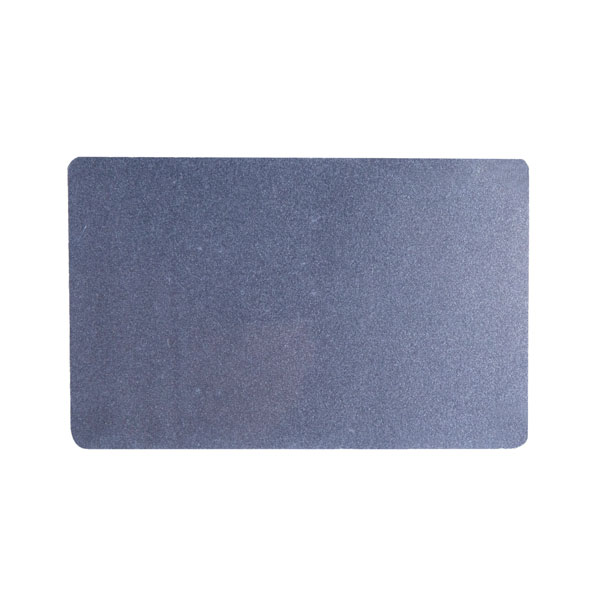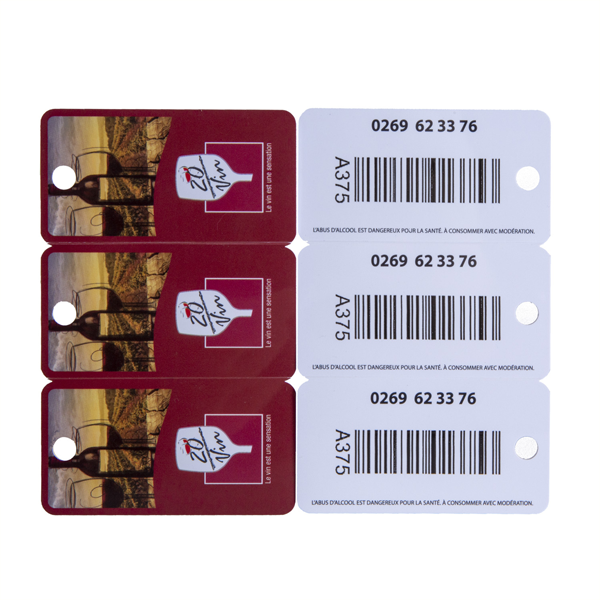The UHF RFID label market application scenario is quite broad, with the advantages of being able to read multiple tags at one time, long identification distance, fast data transmission speed, high reliability and life span, and resistance to harsh outdoor environments. It can be used in asset management, production line management, supply chain management, warehousing, anti-counterfeit traceability of various items (such as tobacco, alcohol, and medicine), retail, vehicle management.
At present, there are common UHF RFID air port protocols such as international standards, national standards, industry standards and enterprise standards. The most popular standards are 6C and 6D standards, namely ISO/IEC 18000-6C(63) and ISO/IEC 18000-6D(64).
Global coverage of UHF RFID label band definitions vary, for example: China's band 840 ~ 844MHz and 920 ~ 924MHz, the EU band 865MHz ~ 868MHz, Japan's band 952MHz ~ 954MHz between Hong Kong, Thailand, Singapore 920MHz ~ 925MHz, the United States, Canada, Puerto Rico, Mexico, South America's band 902MHz ~ 928MHz.
1. The environmental issues of RFID tag applications
Especially for UHF RFID products, metal and liquid have a greater impact on its performance. Therefore, the application of the environment is metal or non-metal, liquid or plastic, glass, wood, etc., is the primary consideration. The direct impact of raw materials on the RF signal: metal has an impact on the RFID tag's RF signal, used in metal objects or a lot of metal influence in the work environment, be sure to use anti-metal electronic tags, so as to reduce the impact of metal on the tag data signal, to facilitate the normal use of RFID tags can be.
UHF RFID label performance is susceptible to environmental impact, if you need to determine whether the product is suitable for the actual application environment, in the pre-testing stage, must be used directly on the object, the test performance to have reference value.
2. Factors that influence the RFID tag recognition distance
Read distance and reader and antenna also have a direct relationship, need to clarify the tag and reader antenna installation position and angle relationship. At the same time, the power selection, antenna gain, polarization mode, radiation angle these parameters belong to the category that needs to be considered.
In the whole RFID tag system, each detail may affect the actual reading distance, and can finally reach the project requirements, even the feed line (connect the antenna and the read-write cable) length and so on need to be considered in place.
3. Learn about the size of RFID tags
In our past project experience, often customers want to tag size to be very small, so that it is both good-looking and easy to install. However, the size of RFID tags is precisely one of the main factors determining the performance of the tag.
Generally speaking, the larger the size, the better the tag performance can be designed. The RFID smart card manufacturers are different, the model specifications are different, the production process of the integrated ic and the manufacturing technology of the antenna are different, and there is a certain price difference, so consumers have to pick according to the actual use and cost budget.
In addition, there are other details to consider, such as: whether the RFID tags have temperature and humidity resistance and other environmental reliability requirements? How much data capacity is required to be written to the tag? What is the maximum number of tags that need to be read at one time?




